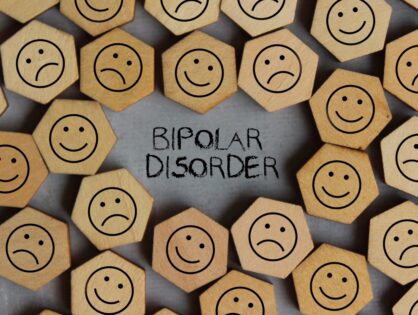Antidepressants are medications that help relieve symptoms of depression, social anxiety disorder, anxiety disorder, and dysthymia. When the level of chemicals in the human brain deteriorates, it causes changes in mood and behavior. Antidepressants increase the level of chemicals in the brain called neurotransmitters. Some neurotransmitters, such as serotonin and noradrenaline, are associated with mood and emotion.
Antidepressants were first developed in the 1950s. Their use has become common in the last 20 years. These medicines can help improve your mood, help you get better sleep, and increase your appetite and concentration. According to the Centers for Disease Control and Prevention (CDC), the percentage of antidepressant use among people over the age of 12 has increased from 7.7 percent in 1999–2004 to 12.7 percent now. These medicines are used more by women than men.
If you are taking antidepressants, it is important for you to know what effect it will have on your life. So let's know
TYPES OF ANTIDEPRESSANTS
SNRIs and SSRIs
Serotonin and noradrenaline reuptake inhibitors (SNRIs) are used to treat depression, mood disorders. These drugs increase the levels of serotonin and norepinephrine, two neurotransmitters in the brain that play an important role in stabilizing mood.
The selective serotonin reuptake inhibitors (SSRIs) drugs are the most commonly prescribed antidepressants. These are effective in treating depression and have fewer side effects than other antidepressants. SSRIs inhibit the absorption of serotonin in the brain. This makes it easier for brain cells to receive and send messages, resulting in a better and more stable mood.
For example - Citalopram, Fluoxetine (Prozac, Sarafem), fluvoxamine (Luvox), Paroxetine (Paxil), and sertraline (Zoloft)
Tricyclic antidepressants (TCAs)
Tricyclic antidepressants (TCAs) are used to treat depression, anxiety, and the pain caused by it. Examples include amitriptyline (Elavil), amoxapine- clomipramine (Anafranil), desipramine, doxepin (sinacan).
Monoamine oxidase inhibitors (MAOIs)
These antidepressant were commonly prescribed prior to the discovery of SSRIs and SNRIs. It inhibits the action of a brain enzyme monoamine oxidase. Doctors commonly use MAOI in cases where other antidepressants do not work.
COMMON SIDE EFFECTS OF ANTIDEPRESSANTS
Like all medicines, antidepressants can also have some side effects. These include:
- Headache
- Sickness
- Dry mouth
- Weight Gain
- Drowsiness
- Insomnia
- Constipation
- Excessive sweating
- Indigestion and stomach ache
- Blurriness
Selective serotonin reuptake inhibitors (SSRIs) usually have fewer side effects than older types of drugs such as tricyclic antidepressants (TCAs) and monoamine oxidase inhibitors (MAOIs).
How Long Can You Take Antidepressants?
It depends on the condition of the person. Most people need to take depression medication for at least six to nine months, but it may also need to be taken longer if they feel better. Some people take antidepressants for many years. Your doctor helps you decide when the right time to stop it is.
Such medicines are not stopped suddenly because doing so may lead to withdrawal symptoms such as headaches or dizziness. Therefore, your doctor helps you to stop such medicines slowly.
In such a situation, all people are advised not to use these medicines without consulting a doctor.
You May Also Like
How is Depression Different from Sadness?


